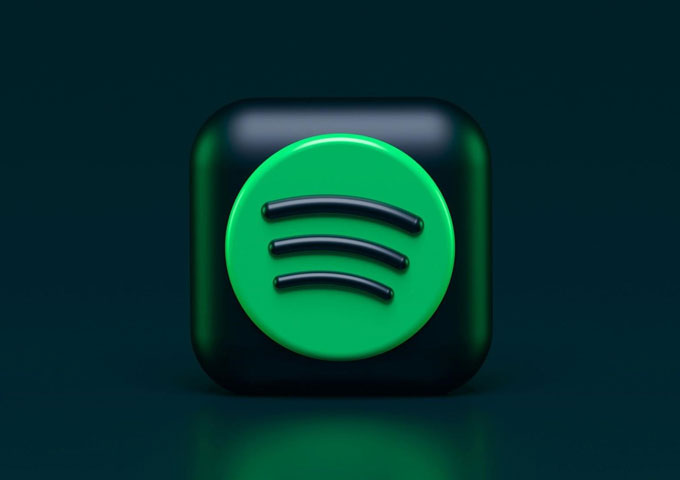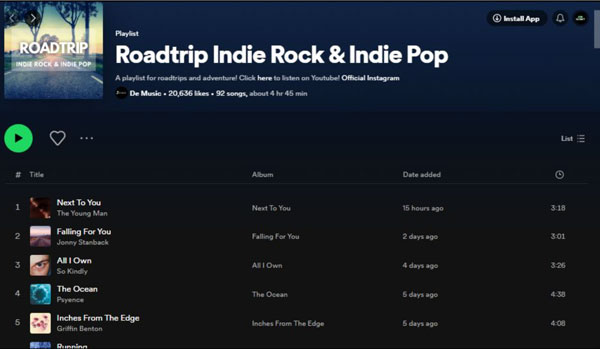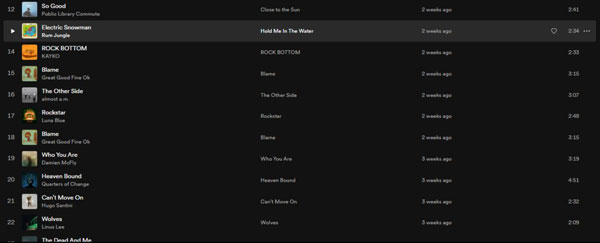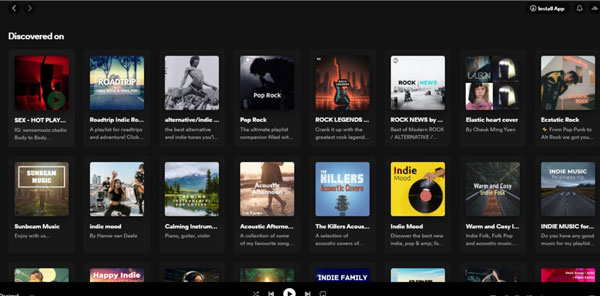
How to Find the Best Spotify Playlists, and How to Send Your Music to Them
You’ve just finished your song and uploaded it to Spotify, feeling thrilled about sharing your new track with your audience. However, navigating through the array of Spotify playlists and submission services can feel daunting at times.
How can you distinguish if a playlist is organic or driven by bot followers? If you’ve received an offer to have your music featured on a known playlist with a sizable following, how can you determine if the playlist is authentic or if its followers are generated by bots?
This article aims to address these inquiries and introduce the straightforward method to ascertain whether a Spotify-curated playlist is genuine, without relying on external tools or making any payments. Let’s begin.
The Best Way to Find Spotify Playlists
Before learning how to analyze each playlist, you’ll need to know which playlists on Spotify need analyzing and the types of playlists you can submit your music to.
There are three types of Spotify playlists:
- Editorial Playlists
- Algorithmic Playlists
- User-Generated Playlists
Editorial Playlists
Editorial playlists are the most popular playlists available on Spotify; they are managed by Spotify and host the best artists and their top songs. Examples include:
– Today’s Top Hits: 34 million followers
– Top 50 Global: 17.1 million followers
– Rap Caviar: 15.2 million followers
– Vivo Latino: 13.5 million followers
– Rock Classics: 11.9 million followers
– Beast Mode: 10 million followers
– I Love My 90’s Hip-Hop: 7.6 million followers
These popular playlists have millions of followers, and Spotify offers artists with new music the opportunity to submit their tracks. However, it’s rare for an artist to be accepted through their submission process.
The best way to get your song on these playlists is by generating many streams in a short period using user-generated playlists and algorithmic playlists. Tracks played on these editorial playlists generate a lot of streams per day and can turn an anonymous track into a very popular one, making these playlists the best way for music discovery.
If a service is offering you to submit your music to editorial or algorithmic playlists, be aware that the service is not legitimate, and you should stay away from it.
Algorithmic Playlists
An algorithmic playlist is automatically created by Spotify’s algorithm using machine learning and data algorithms that analyze a listener’s past preferences to anticipate which songs or artists they might like. This results in playlists tailored specifically to the listener.
The main advantage of algorithmic playlists over human-curated ones is that they can continuously adapt to each user and recommend more niche or relevant picks tailored to an individual. A human curator has more limited data.
Examples of algorithmic playlists include:
– Discover Weekly: A personalized playlist featuring 30 songs recommended by Spotify to align with your music tastes and listening patterns.
– Release Radar: A weekly playlist with the latest song releases from artists you follow and listen to, helping you keep up with new music.
– Daily Mixes: Several playlists spanning different genres that are constantly updated with songs and artists that match your listening habits.
User-Generated Playlists
Every user can create a Spotify playlist, which is why they are called user-generated playlists. Examples include Rap Nation, Rock Legends, Lofi Girl, Latin Hits, Viva Latino, Trap Nation, Guns n Roses, and Coffee Chill.
Some of the most popular tracks started by climbing the ranks using these playlists.
User-generated playlists are the ones that need to be analyzed because follower counts can be easily manipulated and presented to the artist as an attractive playlist when, in fact, it’s fake.
While most of these playlists are great and generate streams for artists who manage to get their music on them, you should know how to separate the good Spotify playlists from the bad ones.
How to Submit Your Music to Spotify Playlists
You have two options for submitting your music to Spotify playlists:
- Locate the curators’ contact information and send them an email. However, this takes valuable time, and in most cases, you won’t receive a reply since the curators receive many emails daily and don’t have time to respond to every artist.
- Use a music promotion platform like One Submit or something similar. They help artists with Spotify promotion, music blogs, online radio stations, YouTube channels, TikTok influencers, and record labels. You have the option to present your music to our team of curators and receive a review from each one. If a curator appreciates your music, they will include it in their playlist. Remember, your song must be exceptional to generate good responses.
If you’re thinking of submitting a demo recording, don’t! You’ll waste your money. All submissions are within your chosen music genre, and if a curator fails to respond, you will receive a refund.
Good luck with your music!
How to Recognize the Best Spotify Playlists
Let’s focus on a Spotify playlist, for example, one of our playlists on One Submit: Road Trip Indie Rock & Indie Pop.

This playlist has 21,000 followers and should generate valuable streams for the artists placed on it.
To start evaluating it, choose one of the artists on the playlist whose song was placed between 2 and 3 weeks ago. It takes a number days for you to see the streamis coming out from this playlist, so we want to search for placements within that time range.
Once you’ve chosen a song, press on the artist’s name below the song title. For this example, we’ve taken song number 19, “Who You Are” by Damien McFly.

Make sure the artist is an average independent artist and does not have millions of monthly listeners; this will make the search ineffective.
Scroll down to the section called “Discovered On” and press “Show all.”

We can notice that the playlist “Road trip” appears to be on the second line. The first playlist generates the most streams for this song, and the last generates the least. This means our playlist is the second-most-generating stream for this song, which is the best sign from Spotify itself that the playlist is legitimate and has real listeners.
If you can’t find the playlist on the “Discovered on” list of playlists, double-check with another song. Make sure the song has been on the playlist for at least 2 weeks and the playlist doesn’t have an excessive number of songs.
If you’re having trouble tracking the playlist, it could indicate that the playlist isn’t attracting any listeners, potentially being a fabricated playlist driven by bots.


